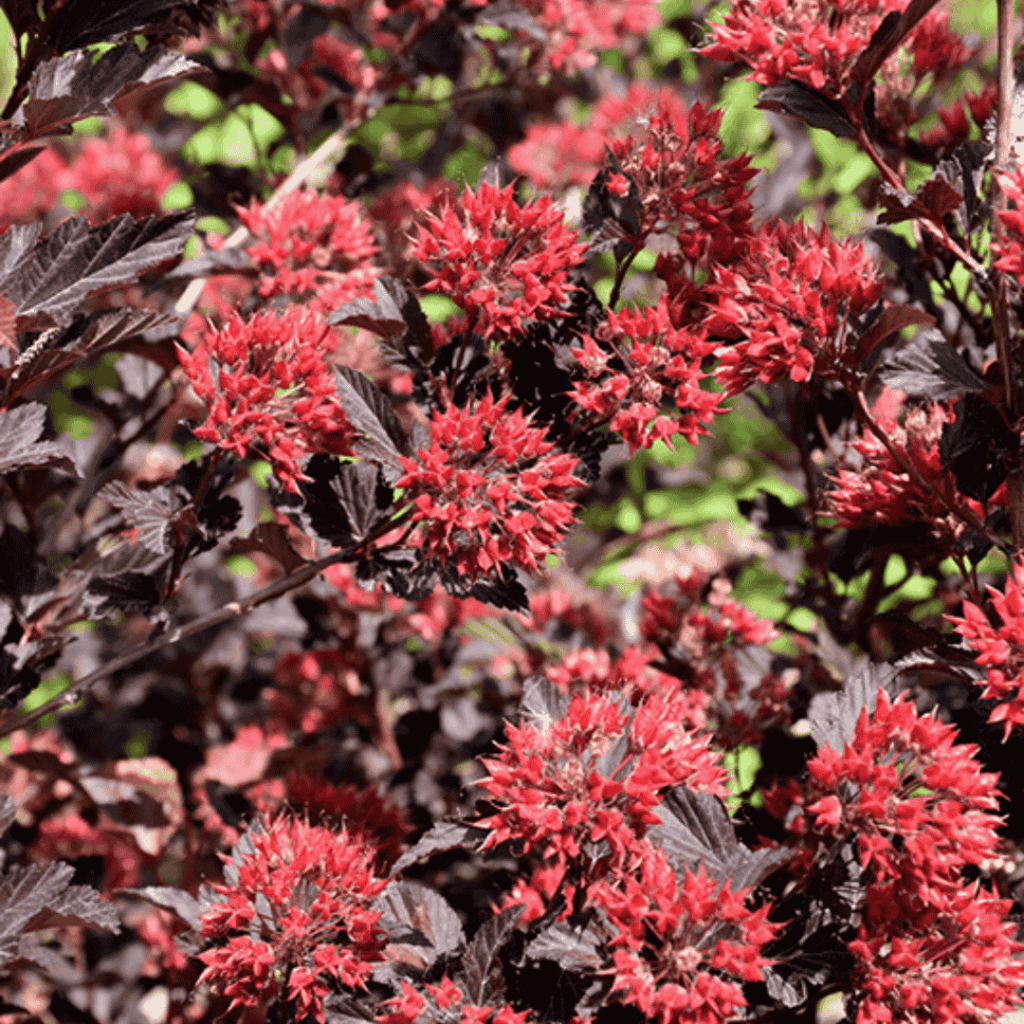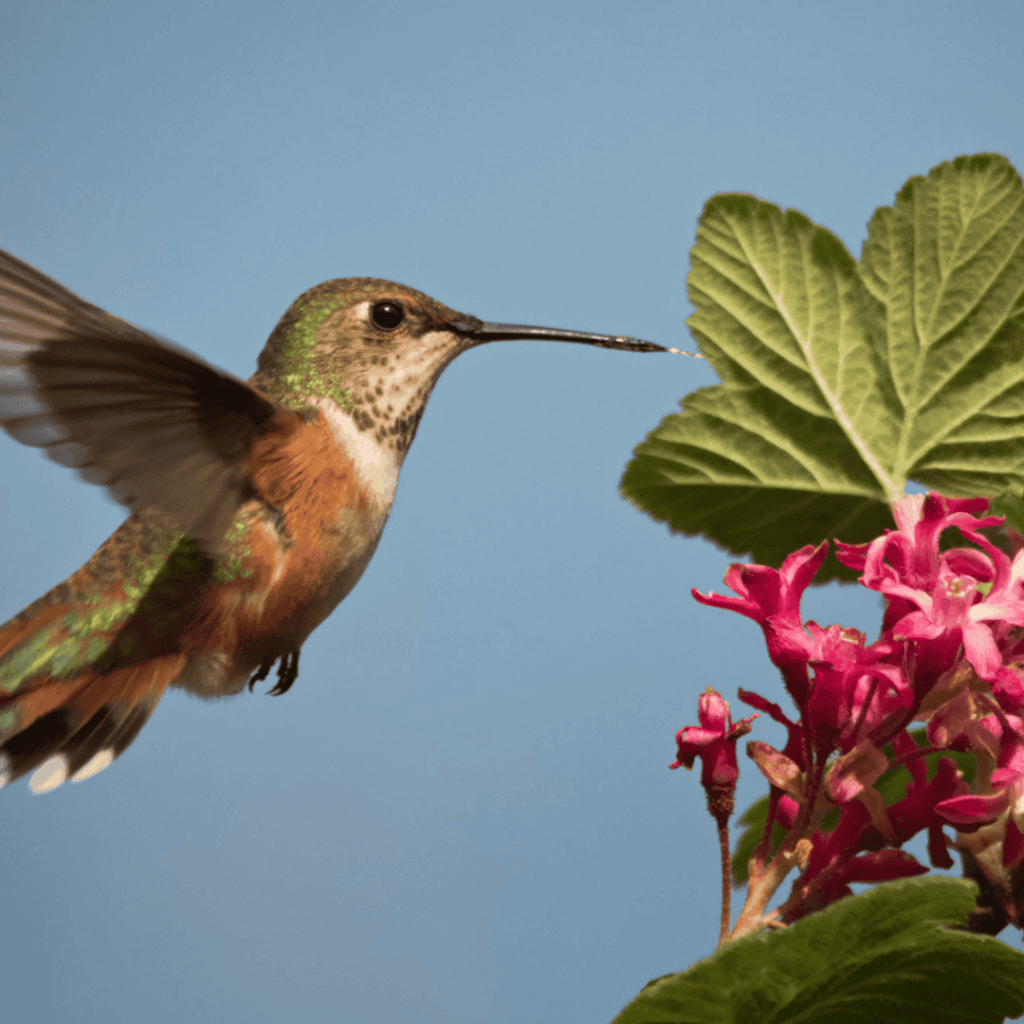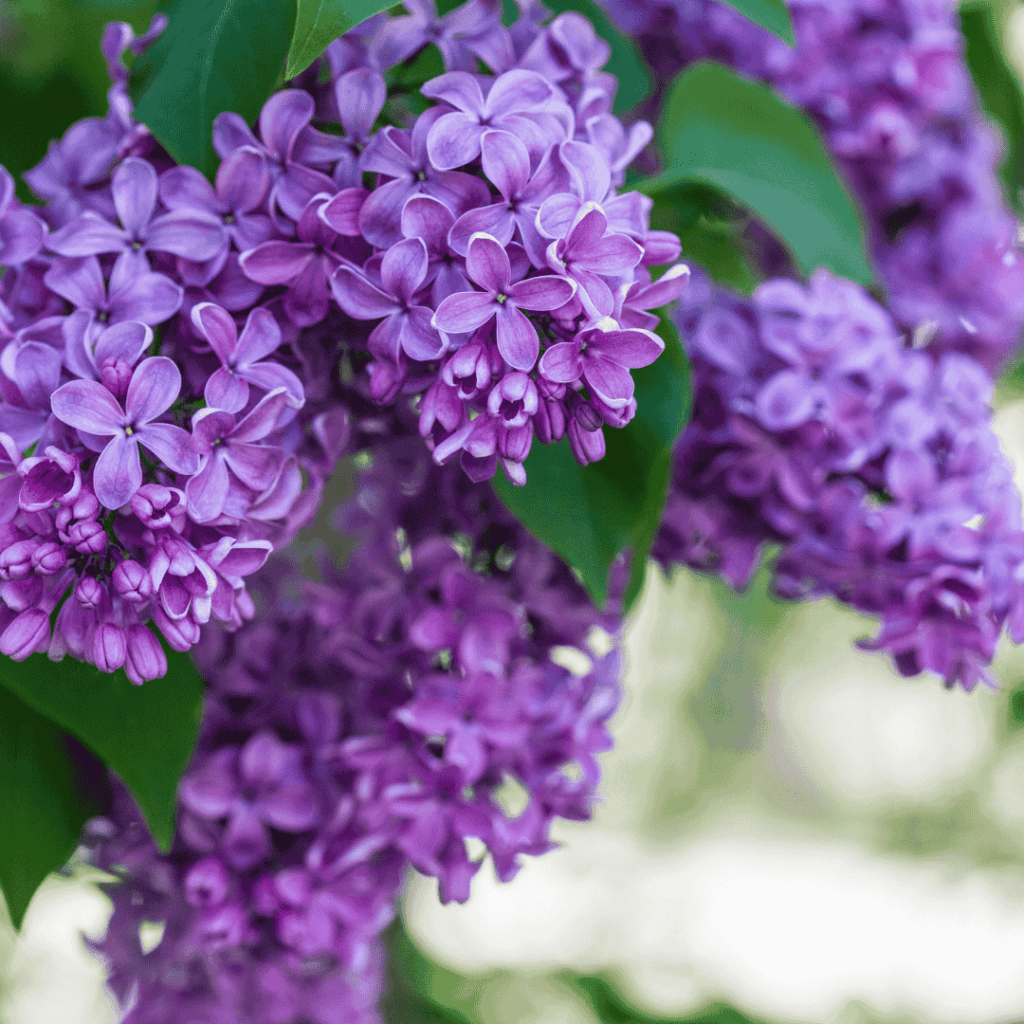Have you noticed a golden color appearing on the landscape after many months of cold winter weather? Usually sometime in March or April there is suddenly something warm and bright guiding us like a beacon of light out of winter and into spring. This, my fellow gardeners, is Forsythia! The colorful bloom is easy to see from a distance because this unique deciduous shrub actually flowers before leafing out each spring. They are a warm welcome to the waking bees and butterflies as well! Despite having a pretty flower, which is usually a large attraction for deer, they tend to leave these shrubs alone. This makes them great for a showy hedge or a single stand out feature in your yard.

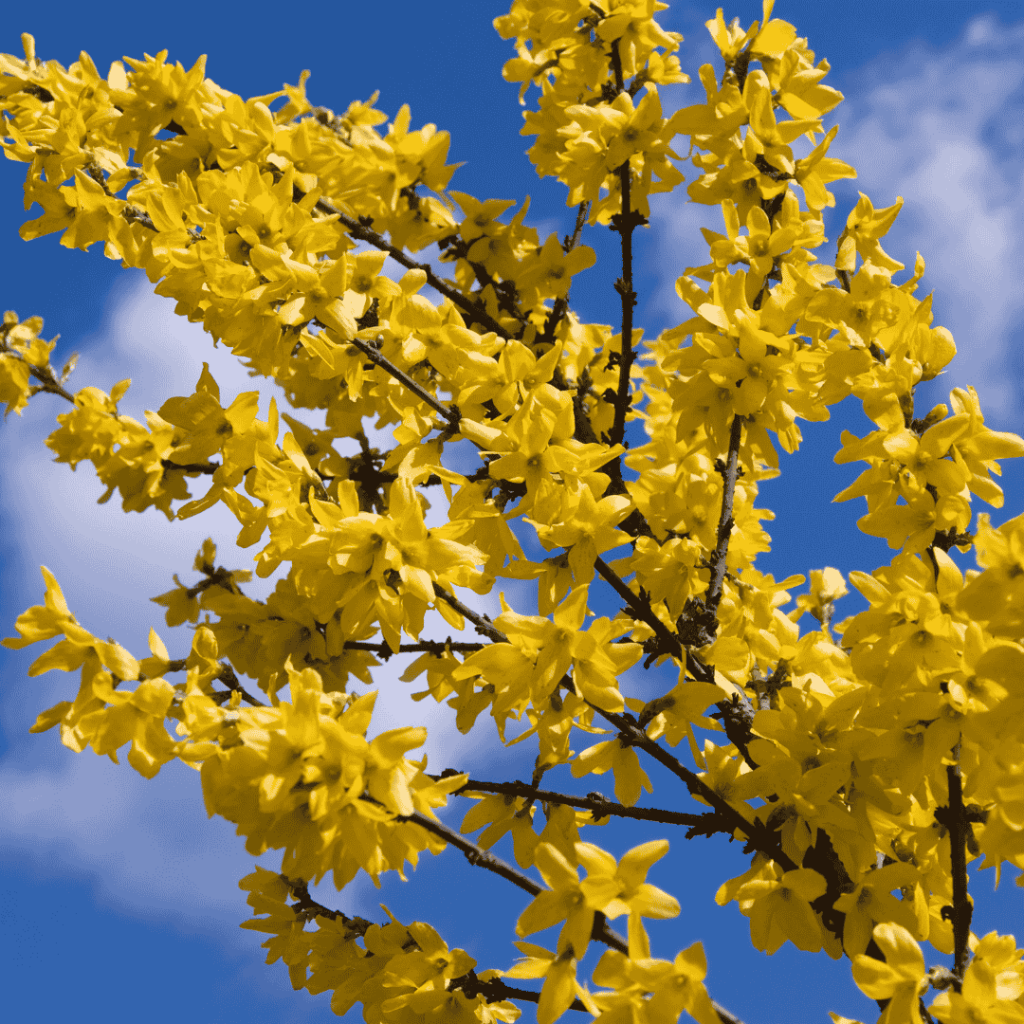
Once established, these shrubs are considerably drought tolerant. They appreciate a planting site in full to part sun. The more sunlight it receives the more blooms you will get! They are easy going when it comes to soil type, only requiring good drainage.
‘Lynwood’ Forsythia are fast growing shrubs that can reach up to 10ft. Forsythia won’t object to a nice pruning each year if you prefer a more manicured look. If you are going to prune them however, wait until they are done blooming. Just like a hydrangea, you want to prune these shrubs with next year’s blooms in mind. Forsythia bloom each spring on the new wood produced the spring before. So rather than shearing the entire shrub, select a desired portion of branches (1/4-1/3) to cut back all the way to the ground. This will provide nice air flow and encourage new growth next spring.
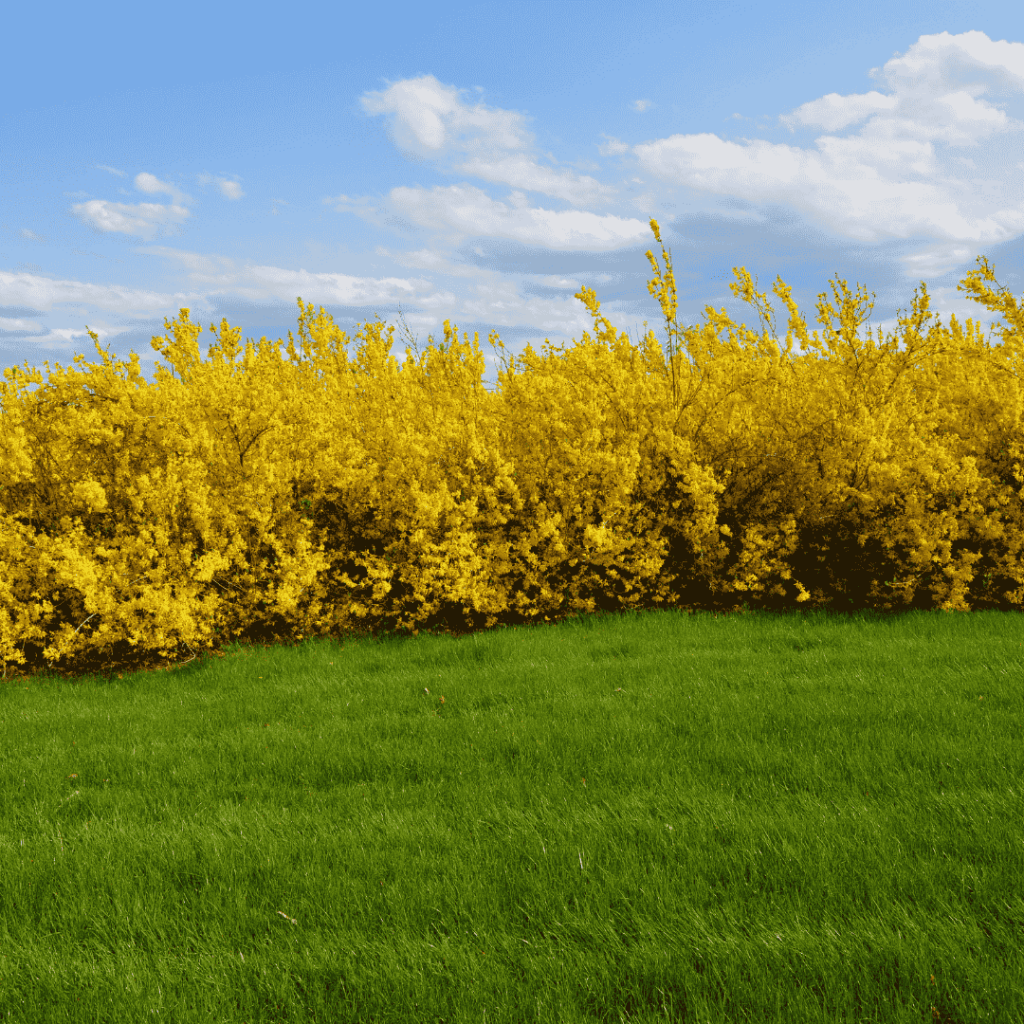
There is also a lower growing forsythia cleverly named ‘Gold Tide’ because that is just what it is. They are perfect for a low border hedge. They only grow to about 3 or 4 feet with a span of about half that. They are bursting with color each spring just like the Lynwood. They are hardy to zone 5 so they are a good option for us here in the Bend and further north. They would be considered marginal in Sunriver and La Pine so proceed with caution down there. If you see some doing well in your neighborhood that is usually a good sign they will do OK in your yard too.

